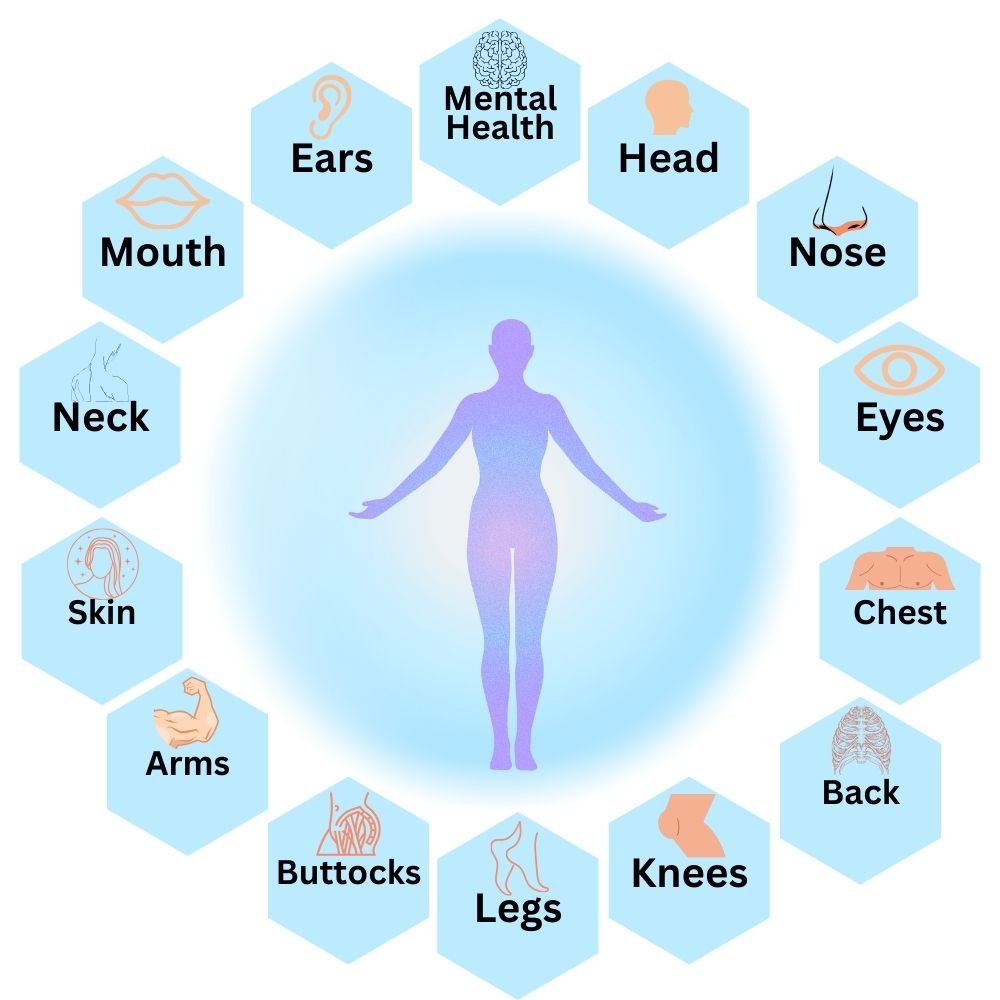Absence seizures, also known as petit mal seizures, are a type of epilepsy characterized by sudden, brief lapses in consciousness. These seizures typically last for a few seconds to half a minute and are often unnoticed or mistaken for daydreaming due to their subtle nature. Despite their brevity, absence seizures can significantly impact daily life, particularly if left untreated. Understanding the reasons behind these seizures, appropriate treatments, diagnostic tests, and necessary precautions are essential for managing this condition effectively.
Post Views: 28










